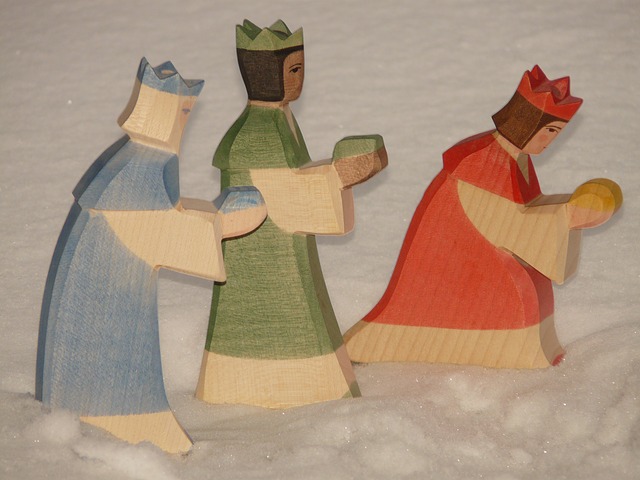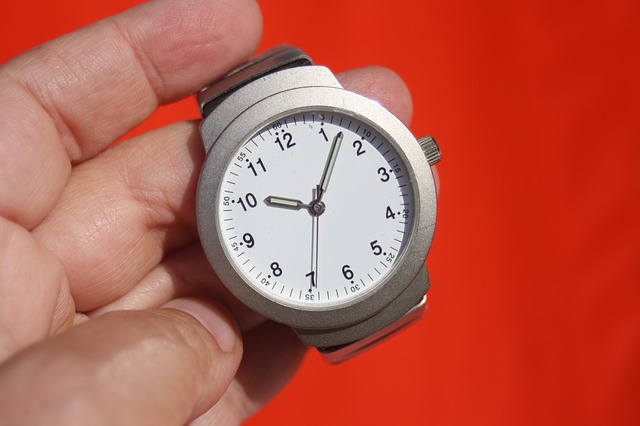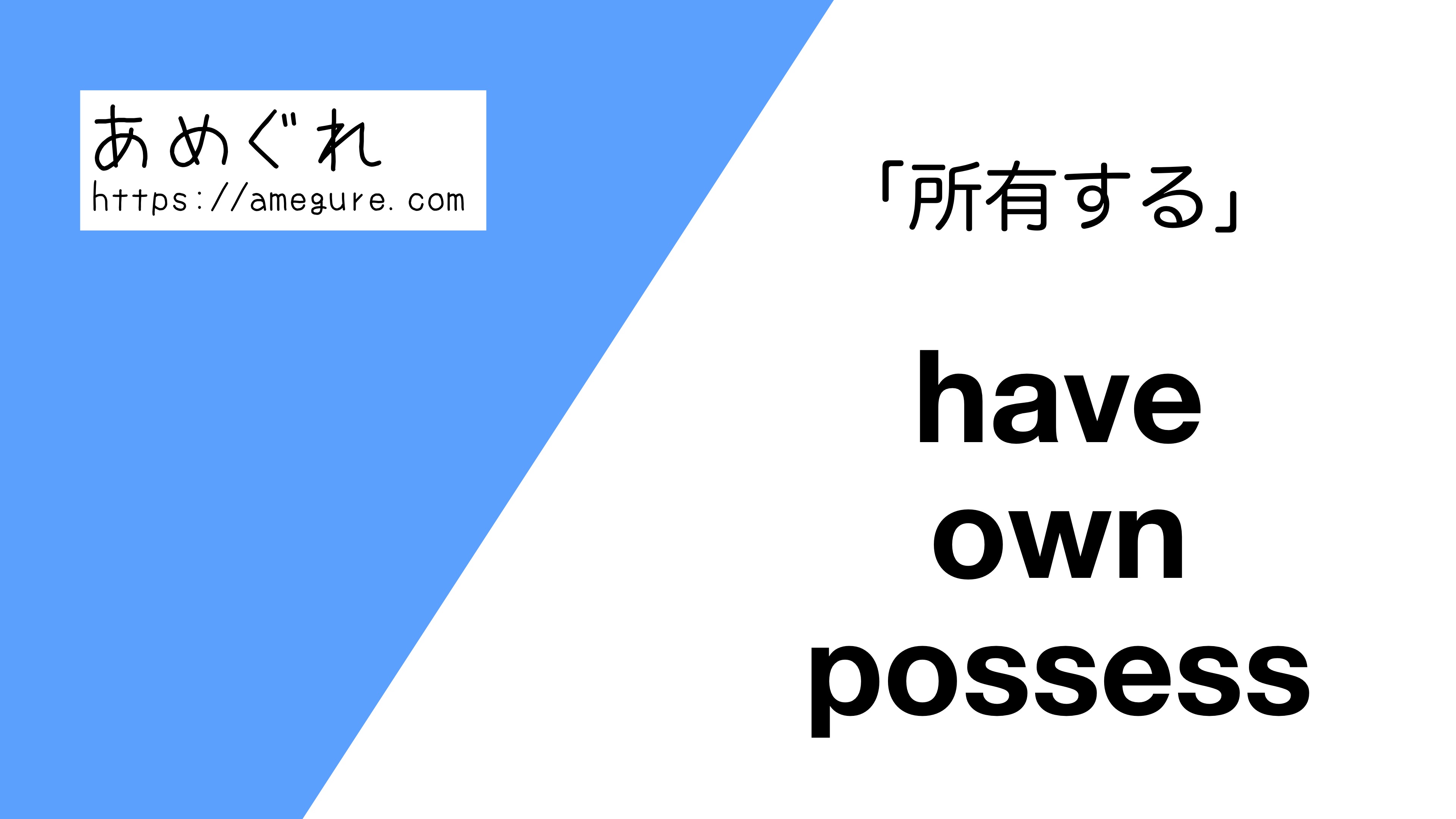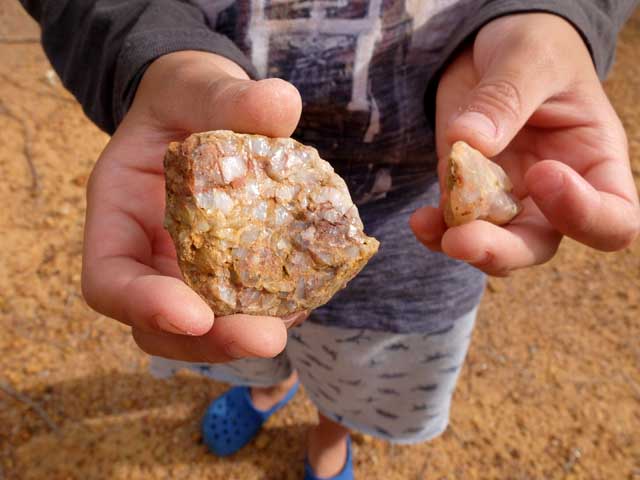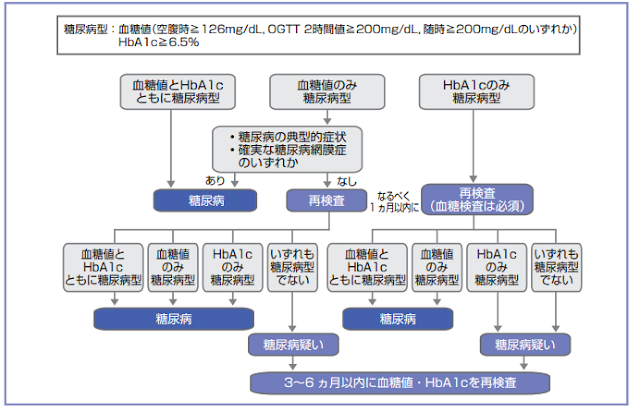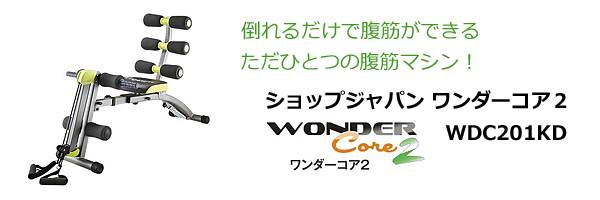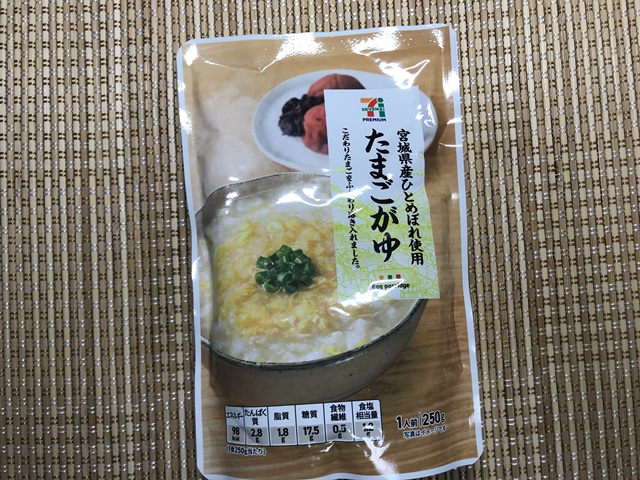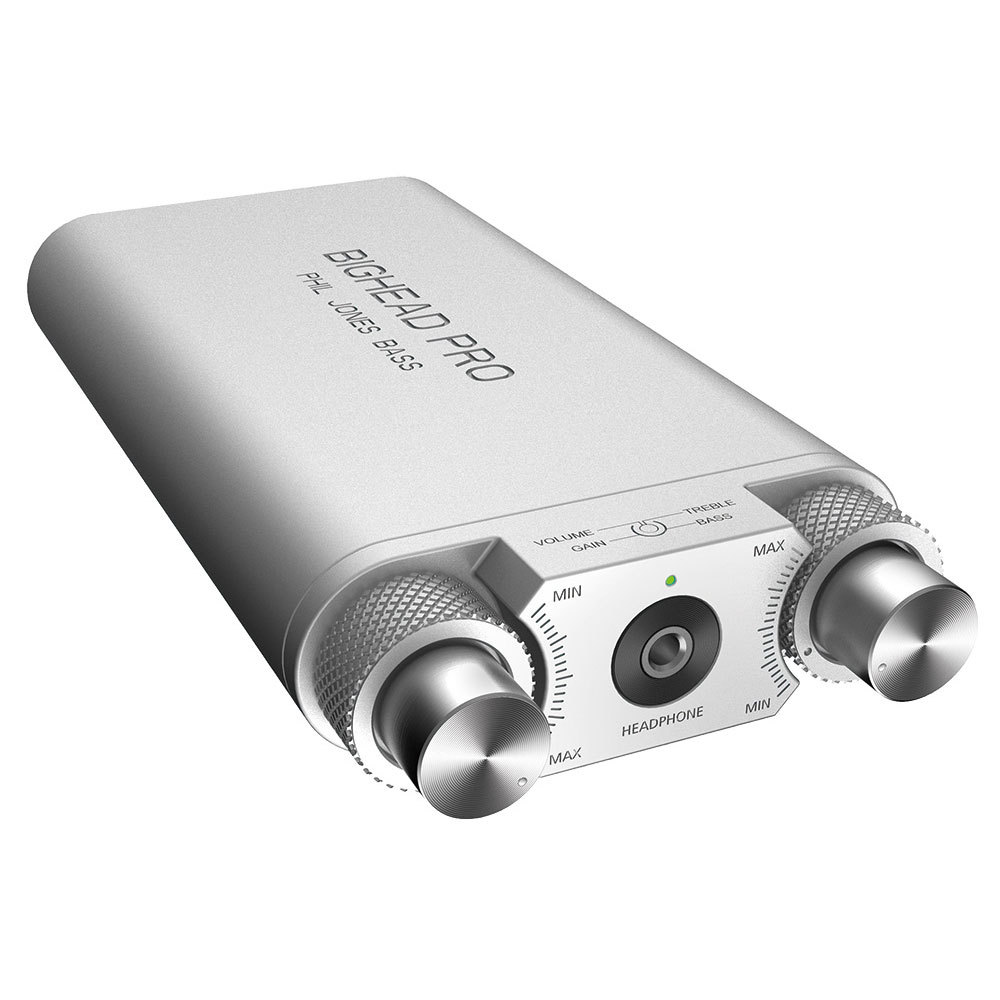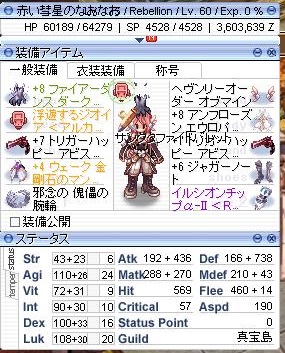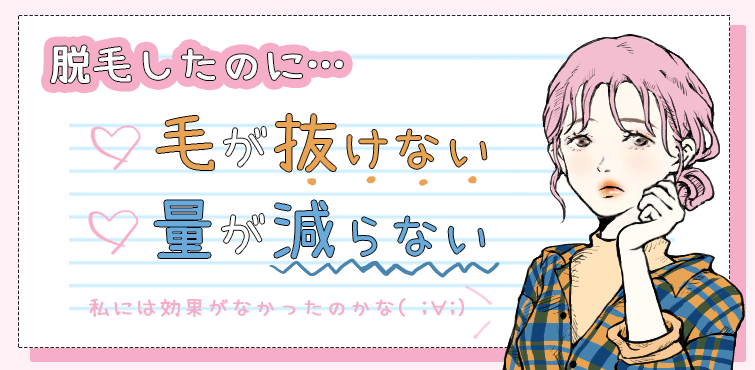Have has 使い分け - 〈過去形〉と〈現在完了形〉の違い。|英語|苦手解決Q&A|進研ゼミ高校講座
As before, have is used with the pronouns I, you, we, and they, while has is used with he, she, and it. How do you use have and has with other verbs? In the second part of the sentence, have is used again because there is a second person subject you. In the second part of the sentence, have is used again because there is a second person subject you. As in the examples mentioned before, has is used with a third person singular pronoun. How do you use have and has with other verbs? These actions have not occurred yet. As before, have is used with the pronouns I, you, we, and they, while has is used with he, she, and it. H as is used with he, she, and it. Indicating completed action Have or has can be used to communicate that the action of a verb was completed prior to the present. Indicating completed action Have or has can be used to communicate that the action of a verb was completed prior to the present. As in the examples mentioned before, has is used with a third person singular pronoun. Have and has are different forms of the verb to have. Have and has are different forms of the verb to have. These actions have not occurred yet. H as is used with he, she, and it.。
。
。
。
。
。
。
。
。
。
。
。
。
。
。
。
。
。
。
。
。
。
。
。
- 関連記事
2021 lentcardenas.com



